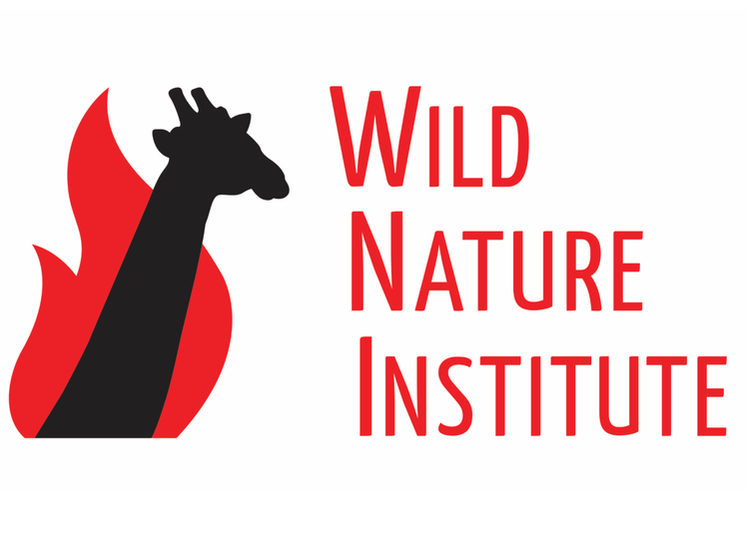|
What a day! The longest day of the year in the northern hemisphere, a day to thank our dads for all that they do in our lives, and a special day to celebrate giraffes! We wish you all a wonderful day. With our partners we are running the world's largest #giraffe #research and #education program helping people and giraffes thrive together.
30,000 kids reached 4000 giraffes monitored #wildnature #animals #nature #wildlife #staywild #africa #tanzania #tarangire #safari #ecology #fieldwork #science Sacramento Zoo Tierpark Berlin Tulsa Zoo Columbus Zoo and Aquarium Como Park Zoo & Conservatory Save The Giraffes Greater Sac Chapter of American Association of Zoo Keepers - AAZK Zoo Miami Conservation & Research Penn State Eberly College of Science The Living Desert Cincinnati Zoo & Botanical Garden Tarangire Safari Lodge andBeyond Travel Asilia Africa Tanzania Wildlife Research Institute-TAWIRI Tanzania National Parks (TANAPA)
0 Comments
We welcome Emmanuel Lyimo to Wild Nature Institute's Team Twiga. Emmanuel is a laboratory scientist at the Nelson Mandela African Institute for Science and Technology in Arusha. He extracts DNA from our giraffe dung samples for our research on population genetics. We are honored and excited that Emmanuel has joined our team.
June 9, 2020 A new study by an international team of scientists from the Wild Nature Institute, University of Zürich, Max Planck Institute of Animal Behavior and the University of Konstanz, and Pennsylvania State University showed that communities of giraffes living in proximity to human settlements have a tell-tale signature of disturbed social networks. While many of the most charismatic animal species are social, the effects of human-caused disturbances on the social relationships of wild animals has rarely been studied. The authors applied state-of-the-art social network analyses on 6 years of observations from more than 500 wild adult female giraffes to reveal that human proximity is correlated with weaker and more exclusive relationships with fewer individuals among giraffes. The study, published in the Journal of Animal Ecology, provides the first robust evidence that humans modify social structure in this iconic megaherbivore. Effects of humans on social structure of wild animal populations has not been widely studied For social animals, including species such as elephants, lions, and giraffes, social behaviour is critical for survival and reproduction. Recent studies on laboratory populations of birds have suggested that disturbances to social groups can precipitate changes to the social structure of those groups, which then has consequences on how the groups can perform at tasks that are important for survival—such as feeding together. As humans continue to encroach on the land used by wildlife, there have been conservation concerns arising from the resulting human-wildlife conflict, such as killing of elephants and poisoning of lions. However, the increasing contact between animals and humans could also have indirect, but profound, impacts on populations that are not directly persecuted by humans. Scientists know little about the effects on wild animal social relationships from subtle or indirect disruptions caused by human presence and encroachment into natural habitats. Field research in Tanzania yields new insights into giraffe social relationships
“Detecting signals of natural versus human-caused influences on social relationships among wild animals is challenging,” noted Monica Bond, Wild Nature Institute scientist, research associate at the University of Zürich, and primary author of the study. “It requires large-scale studies of individually identified animals across numerous social groups living under different environmental conditions.” Individual giraffes can by identified by their unique and unchanging spot patterns. Over a period of 6 years, Bond and her research collaborators collected photographic identification data spanning 540 adult female Masai giraffes inhabiting a large, unfenced landscape in the Tarangire Ecosystem of Tanzania—an environment that features varying levels of anthropogenic (human-caused) disturbances. Bond’s team documented that the female giraffes in Tarangire live in a complex multilevel society, with individuals preferring to associate with some females while avoiding others. The result of these preferences are discrete social communities comprising 60-90 females with little mixing among the communities, even when these share the same general area. “This study reveals that social structuring is clearly an important feature of female giraffe populations,” noted Dr. Barbara König, professor at the University of Zürich and co-author of the study. In Tanzania, giraffes are tolerated by humans because they do not create conflicts with farmers or livestock. “Despite the public tolerance and hunting restrictions, Masai giraffe populations have declined 50% in recent years,” stated co-author Dr. Derek Lee, Wild Nature Institute scientist and associate research professor at Pennsylvania State University. Several reasons have been suggested, including illegal poaching, habitat loss and fragmentation, lion predation on calves when migratory herds decline, and changes in food supply. Disruption to social systems also may be a contributing factor in population declines, but until now, anthropogenic effects on social structure of giraffes were unclear. Using one of the largest-scale metapopulation networks ever studied in a wild mammal, the research team revealed that giraffes living closer to traditional compounds of indigenous Masai people exhibit weaker relationship strengths and more exclusive social associations. “This result signifies a disrupted social environment based upon previous experimental research,” noted Dr. Damien Farine of the Max Planck Institute of Animal Behavior and the Centre for the Advanced Study of Collective Behaviour at the University of Konstanz, and senior author of the study. “The patterns we characterise in wild giraffe’s response to proximity to humans reflect the predictions from experimentally disrupted social systems.” Near traditional human settlements called bomas, fuelwood cutting can reduce giraffe food resources, and groups of giraffes are more likely to encounter livestock and humans on foot, potentially causing groups of giraffes to split. However, human settlements might also provide protection from lions and hyenas which are fewer near bomas, and in other research the team found that groups of female giraffes with calves tended to occur closer to bomas, and giraffe communities closer to bomas produced more calves per female. “It seems that female giraffes face a trade-off between maintaining important social bonds and reducing risk to their calves near these traditional settlements,” stated Bond. She suggests that traditional pastoralist livelihoods do not necessarily pose a significant risk to giraffe population persistence as long as care is taken not to cause excessive disturbance. The study’s results imply that human presence could potentially be playing an important role in determining the conservation future of this megaherbivore. Further, the study’s leading-edge methodology highlights the importance of using the social network approach to reveal otherwise hidden potential causes of population declines. “The effects of ever-increasing anthropogenic pressure on wildlife populations are determined by complex interactions of individuals with their social, biological, and physical environment,” said Arpat Ozgul, study co-author and professor at the University of Zürich. “Our study highlights the importance of characterising these complex interactions accurately for gaining much needed insight into population responses to environmental change [or anthropogenic pressure].” |
Science News and Updates From the Field from Wild Nature Institute.
All Photos on This Blog are Available as Frame-worthy Prints to Thank Our Generous Donors.
Email Us for Details of this Offer. Archives
July 2024
|
|
Mailing Address:
Wild Nature Institute PO Box 44 Weaverville, NC 28787 Phone: +1 415 763 0348 Email: [email protected] |
|

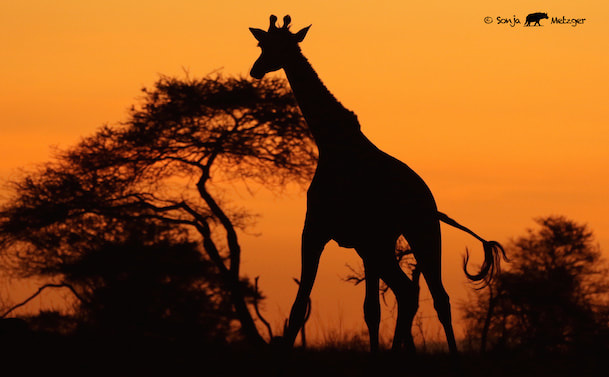
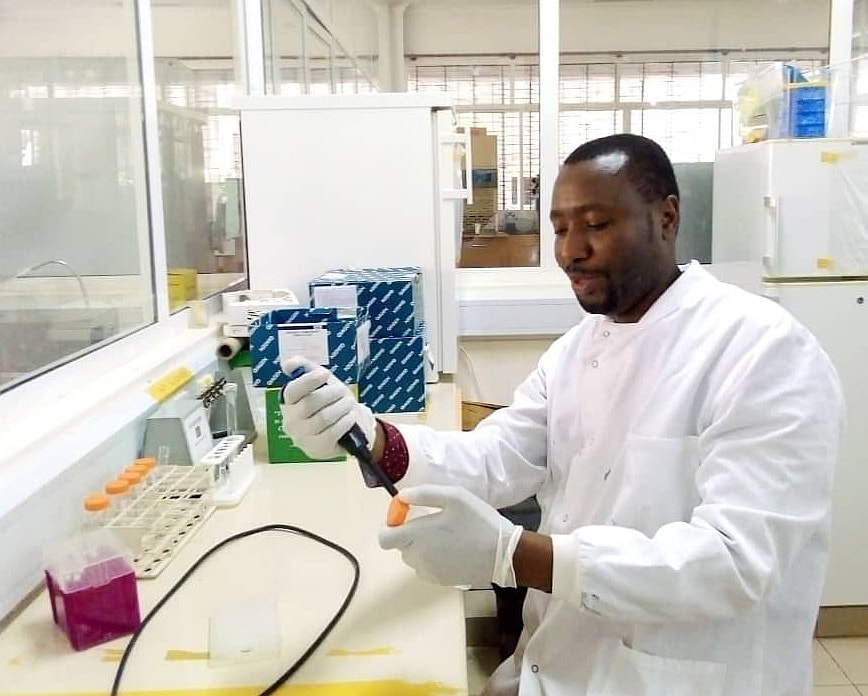
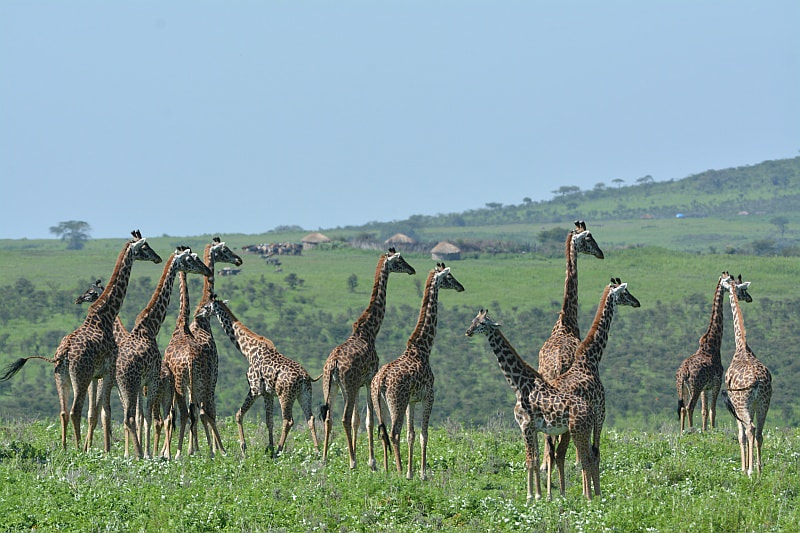
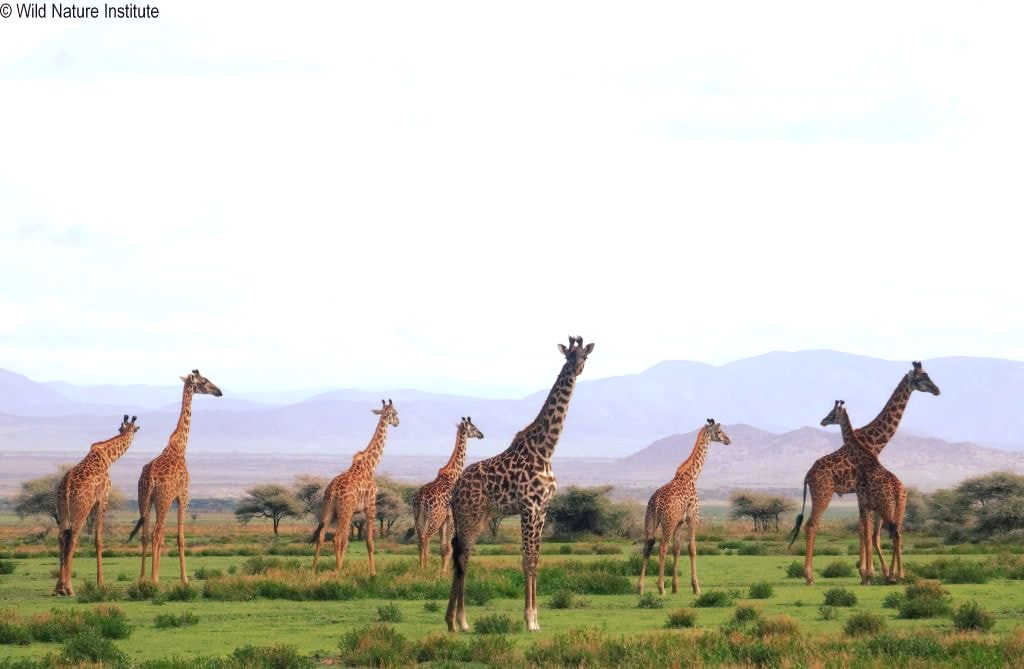
 RSS Feed
RSS Feed
